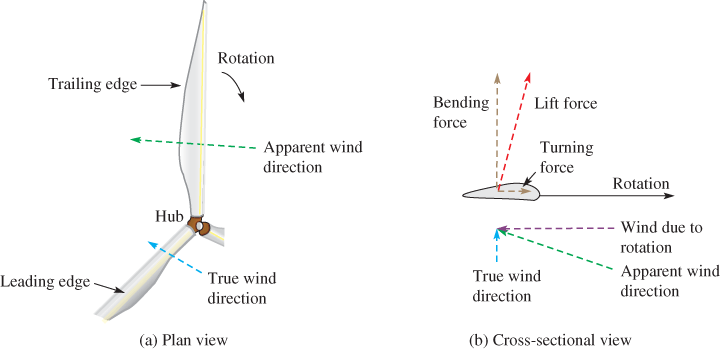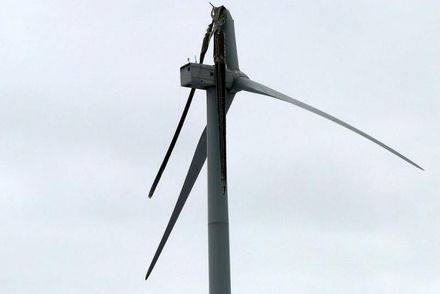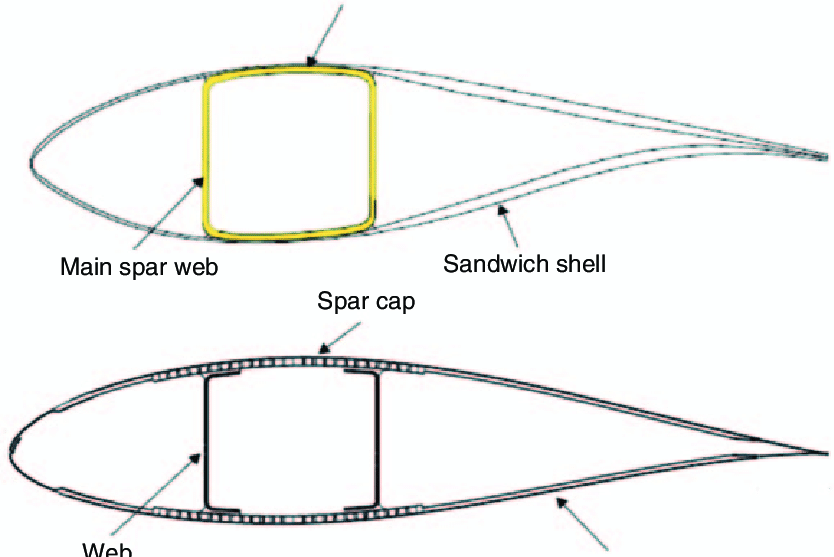DuraWind Ltd +44 7771 992 617 JR@DuraWind.co.uk
DuraWind Ltd
John Rimmer MEng
Independent WTG Blade Expert
DuraWind Ltd
John Rimmer MEng
Independent WTG Blade Expert
An Independent WTG Blade Expert with 24 years experience working in OEM’s, 21 of these dedicated to WTG Blades: Design, Process, Materials, Procurement, Production Engineering, Manufacturing and Technology Transfer.
A strong Six-Sigma advocate, always driven by a simple set of priorities: Safety First, Quality, Delivery then Cost to ensure Robust Design and Safe Product Launch with repeatable quality and predictable Production ramp-up, delivering Project cost targets.
MY SERVICES
I am offering my knowledge and experience for the benefit of all with an interest in Wind Turbine Blades. My two main customer segments are:
- Wind Farm Owners and OEM Customers
- Where my aim is to support current owners & potential customers to better understand their products, improve product quality and enhance business cases.
- Blade Manufacturers & Designers
- Where I can support development and optimisation of production processes, such as: Infusions; Carbon Pultrusion management and usage; Glass preforming and use of Preforms; Shear-Web bonding and jigging; Ply Layup and Core positioning.
- And Improvement initiatives, for example: Takt-Time Reductions; Design for Manufacture (DfM) and Design for Six-Sigma (DfSS). These may require subtle design changes and I am able to work with the design team to see the benefit of these modifications.
I am open to discuss all types of work from a larger range of customers, in fact anywhere Blade Expertise is required. Working from a few days to longer contracts. Please feel free to give me a call or drop me an email:
BASED IN SOUTHAMPTON, UK
Will Travel Globally
BASED IN SOUTHAMPTON, UK
Will Travel Globally
Brief Introduction to
Wind Turbine Blades
Brief Introduction to
Wind Turbine Blades




Blades are the "Engine" of the Wind Turbine Generator (WTG)
They capture energy from the wind as "Lift" which causes a Turning Force to turn the Rotor producing Torque. The Torque rotates the Drive Train to the Generator where the Torque is converted into Electricity.
The Blades produce several other forces, including self weight, thrust, etc. to produce many complex Load Cases. These dominate the loads delivered to the rest of the WTG.
During early WTG design, the key component is the Blades as small changes here can have big impact on the rest of the WTG. The WTG Loads need to be locked down very early in the process, so the rest of the WTG design can progress.
This can cause problems for OEMs if they push too fast for locked WTG Loads, only to find during the detailed design phase of the Blades the loads could change.
Loads can also change if the Product Scope expands to include more sites.
It is not uncommon for these load changes to occur. If they do occur, they may result in project delays, or worse: failures in testing, prototyping or in extreme case Field Failures.
To minimise these risks, there is often a dedicated team from Loads, Structures and Aero, that run many, many iterations, not just for Loads, but many other constraints including: Noise; Annual Energy Production (AEP); Cost of Energy (CoE); Bill of Materials (BoM) cost and complexity; and Ease of Manufacture. These are then agree with the Product Owners.
Due to this complexity and project time pressures, it is not always possible for the Ease of Blade Manufacturing to hold a high degree of focus during this critical phase. It may then need to be solved after everything else is locked and agreed.
In my opinion, this is one of the main reasons why Design errors can find they way into Blade Designs and how Manufacturing errors can become more likely as tolerances are tightened and resistance to defects goes down in an effort to stay within the Design Envelope.
Good OEM's, of which there are many, have recognised a similar connection and have or are shifting their perspective to recognise that Ease of Manufacture is in fact one to their key differentiators to producing reliable Blades for the ever more demanding market.
Common Blade Failures, Causes & Effects
Common Blade Failures, Causes & Effects
LE Erosion
- Possible Causes
- Excessive Blade Tip Speed
- Poorly applied LEP
- Poorly prepared Substrate
- Poorly selected LEP system
- Likely Effects
- LE Damage, holes, pitting, destroyed laminate or bonds, cracks
- Loss of Blade/WTG performance against stated Power Curve
- Downtime for repairs
- Loss of AEP and income for the owner
Laminate Cracks
- Possible Causes
- Wrinkles or waves in the glass/carbon laminate
- Laminate bridging and voids
- Incorrectly positioned laminate plies or core
- Coincident ply drop-offs
- Too heavy laminate plies causing big steps
- Inadequate strain transfer from a stiff material to a softer ones - eg glass, core, carbon or steel transitions
- Poorly executed repairs
- Design loads exceeded
- Foreign objects in laminate
- Likely Effects
- Weakened structure, potential for catastrophic failure
- Reduced service life
- Loss of owner confidence
- Operation in reduced power modes
- Downtime for repair
- Loss of AEP and income for the owner.
Laminate Delaminations
- Possible Causes
- Most of the same causes listed above that cause Cracks
- Poorly wet out core/glass/carbon: aeration; milky laminate; dry-patches; voids
- Un-zipping within laminate panels from small defects
- Production environment out of spec: too hot/cold; too humid
- Likely Effects
- Similar effects as for Cracks
- Panel buckling, overloading other parts of the structure
Adhesive Bond Failure
- Possible Causes
- Missing adhesive or voids
- Bonds too thick
- Bond area too narrow
- Kissing bonds
- Adhesive poorly mixed
- Incorrect mix ratio
- Poor bond-line preparation
- Contaminated bond-line
- Adhesive working time exceeded
- Production environment out of spec: too hot/cold; too humid
- Likely Effects
- Weakened structure, high potential for catastrophic failure
- Reduced service life
- Loss of owner confidence
- Operation in reduced power modes
- Downtime for repair
- Loss of AEP and income for the owner.